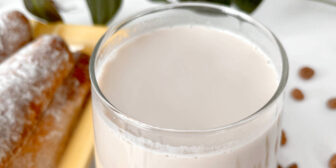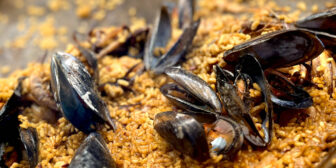There is a lot of buzz about horchata these days. But if you don’t know what horchata is, you’re not alone. Many are confused about this beverage that has the power to turn almost anyone who tries it into an instant fan.
So what is horchata? What is horchata made of? Where did it originate? And how many types of horchata are there?
Interestingly enough, “What is horchata?” is a multiple-choice question and it means different things to people from different countries.
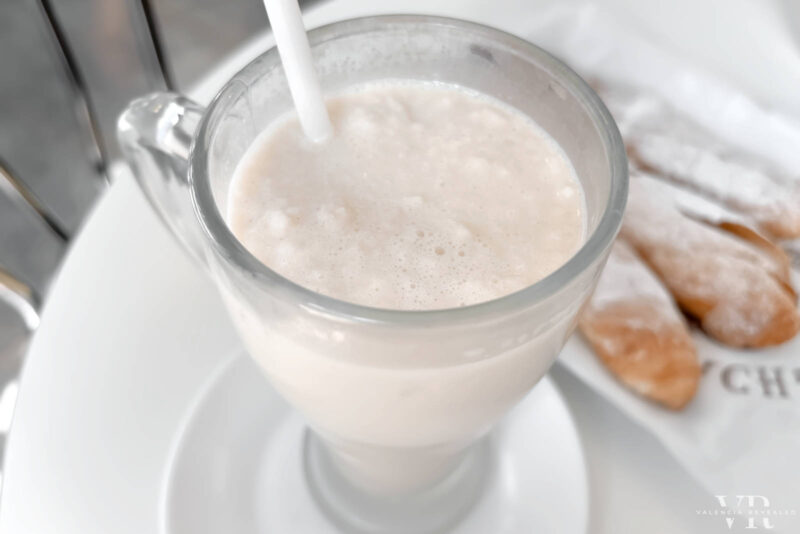
What is horchata?
Horchata (pronounced “or-CHAH-tah“) is a delicious and refreshing beverage that originated in the Valencia region in Spain from where it spread to Latin America and beyond. The exact recipe and taste can vary depending on the country, but what all horchatas have in common is that they are sweetened plant-based drinks made from soaked and ground ingredients, such as tiger nuts, rice, seeds, grains, and even tropical fruits or flowers.
Where does horchata come from?
Horchata has its roots in Alboraya, a small town just north of Valencia, Spain. Alboraya is the world’s largest tiger nut (“chufa” in Spanish) producer, a small tuber that is the main ingredient in Spanish horchata.
Horchata de chufa is the original horchata and the only one with a Protected Denomination of Origin.
Other types of horchata come from Latin America. For example, rice horchata comes from Mexico, while sesame seeds horchata comes from Puerto Rico. These horchatas were invented centuries later.
Interesting fact: These days, chufa is cultivated to some extent in parts of West Africa, notably in Nigeria and Mali. In these countries, locals also prepare a tiger nut beverage similar to Spanish horchata. However, instead of horchata, they call it “kunnu aya” and flavor it not only with sweet spices but also with ginger and even pepper.
History and origin of horchata
The story of horchata begins in Antiquity when people living in present-day southern Egypt and northern Sudan started cultivating a tiny tuber we now know as the tiger nut. Back then, tiger nuts were consumed raw or ground into flour and used to make bread.
Sometimes between the 8th and the 13th century, the Moors introduced tiger nuts to the Iberian Peninsula where they were called chufa (from the name of the African region they originated from).
We don’t know exactly who or when had the genius idea to make tiger nuts into a drink. But the first records of a beverage similar to horchata can be traced to the 13th century to a small municipality just north of Valencia, called Alboraya.
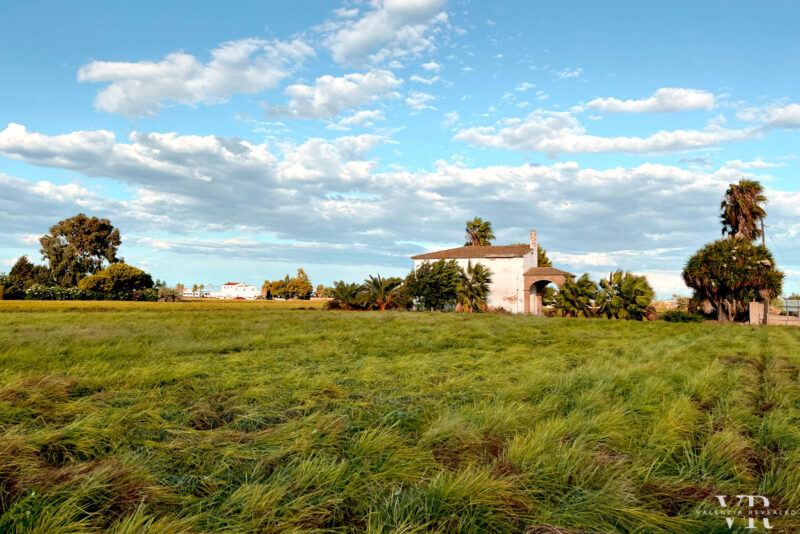
Legend has it that when a victorious King Jaime I entered the city of Valencia in 1238, a girl approached him with a strange new drink. Surprised, the king asked what it was. When she replied it was milk, the king begged to differ, saying “Això no és llet, això és or, xata“. Which translates as “This is not milk, this is gold, my dear.”
And so the name of this drink became “orxata” in the local Valencian language. Eventually, orxata transformed into horchata in Spanish. In Valencia, the term “orxata” is still used together with “horchata“.
Years later, horchata crossed the Atlantic as Spaniards introduced this elixir to the colonies they established in the so-called New World.
However, since tiger nuts require a certain type of soil and climatic conditions, it was very difficult to grow them in the Americas. As a result, the horchata recipe was modified to include ingredients easily found on the continent while keeping the name of the beverage.
Eventually, different variations of horchata emerged, such as rice horchata in Mexico and jicaro seeds horchata in El Salvador, Nicaragua, or Honduras.
While chufa is now cultivated in other parts of the world with a certain degree of success, Alboraya and the nearby villages remain the only chufa producers in Spain and the main chufa producers in the world, with 485 hectares and 8,000 tons per year.
What is horchata made of?
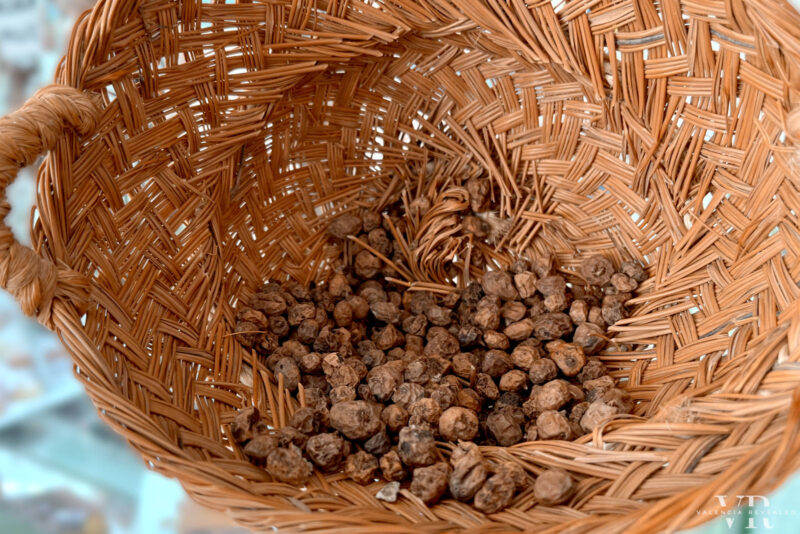
Almost every horchata recipe centers around a base ingredient that undergoes soaking, grinding, and straining before being sweetened and flavored with spices.
The main ingredient and the spices used differ from one country to another, resulting in numerous types of horchata, each with its distinct flavor.
For example, in Spain, the key ingredient used for making horchata is chufa; in Mexico, it’s rice; in Puerto Rico, it’s sesame seeds; in Central America, it’s jicaro seeds, and so on.
This is why the question “What is horchata?” is more intricate than it may appear at first glance.
What is horchata de chufa (tiger nut horchata)?
Horchata de chufa is horchata in its most pure and authentic form. It hails from the Valencia region in Spain and is the original horchata beverage.
Spanish horchata is made with tiger nuts, sugar, and water. The result is a creamy and refreshing drink that’s impossible not to love.
The sweet horchata de chufa is super popular throughout Spain, Valencia in particular where it is the local drink par excellence.
It can be served in liquid form, as horchata granita, or as a combination of both, called “mixta“. While traditionally made with sugar, sugar-free horchata is becoming increasingly popular and easy to find as well.
Horchata de chufa is made from the tiger nut tuber (also called nutsedge or ground almond). In spite of their name, tiger nuts are not nuts at all. The plant itself has a grass-like appearance and the tuber is naturally sweet with an earthy and nutty flavor.
Also read: 10 Popular Valencian Drinks You Must Try
What are the most popular types of horchata?
The most popular types of horchata are the original horchata de chufa from Spain and rice horchata from Mexico. Both gained popularity due to their pleasant, sweet, and refreshing taste.
In recent years, their popularity increased even further due to their perception as a healthier beverage option that is non-alcoholic, non-caffeinated, and dairy-free all at the same time.
In the US, Mexican horchata has gained popularity due to the proximity between the two countries and the cultural influences of the Hispanic population. In my experience, very few people from the US seem to have heard of the original tiger nut horchata prior to visiting Spain.
What is the difference between Spanish horchata and Mexican horchata?
The main difference is that Spanish horchata is made with chufa, while Mexican horchata is made with rice. This results in two different drinks with distinct flavors.
Spanish horchata has a short list of ingredients – mainly chufa, water, and sugar. It has a creamy texture and a nutty flavor. It’s widely popular in Spain, and even more so in its hometown of Alboraya and Valencia where savoring an ice-cold horchata on a sidewalk terraces is sort of a summer ritual.
Mexican horchata, on the other hand, is prepared with sugar and a variety of spices, such as cinnamon and vanilla. It is more watery and has a pronounced cinnamon and vanilla flavor. You can buy it from street vendors and order it in restaurants around Mexico.
In spite of having different base ingredients, the two also have a lot in common. Both beverages are nut, dairy, and gluten-free and are prepared by soaking the primary ingredient for extended periods of time before grounding and straining it.
What other types of horchata are there?
Besides Spanish and Mexican horchata, different other types of horchata can be found throughout Latin America. Here are just some of the most popular ones.
Sesame seeds horchata: From Puerto Rico, this horchata is made with toasted sesame seeds, sugar, and water. It can be flavored with a variety of ingredients, such as vanilla, cinnamon, coconut milk, and even rum.
Jicaro seeds horchata: Hailing from Central America, this horchata is prepared with ground jicaro seeds and flavored with cocoa, cinnamon, nutmeg, or vanilla, depending on the region.
Horchata lojana: A special mention goes to this horchata from Loja province in Ecuador. Horchata lojana is a red-colored tea made with a couple dozen flowers and herbs, such as hibiscus, lemongrass, spearmint, and chamomile. The resulting concoction is so different that the only thing it has in common with the other horchatas is the name.
Other horchatas: Horchata can also be made with ground peanuts, almonds, cashews, and oats as well as a variety of other nuts, grains, or seeds. Ultimately, if you soak and ground any of these ingredients, then strain them and mix them with sugar, you’ll obtain a delicious plant-based drink that you can use as a milk substitute. Whether you want to call in horchata or not is up to you.
How is horchata served?
Hot or over ice? Liquid or in granita form? The answer depends on the country and type of horchata you’re drinking.
In Spain, it is common to drink horchata in liquid form or if it’s very hot, horchata granita. In specialist horchaterías, you can also order horchata mixta, which means combining equal parts liquid horchata and granita. Horchata is never consumed hot or over ice in Spain.
In Latin America, however, horchata is usually served over ice. Occasionally it’s even enjoyed as a hot beverage.
Related: Where to Drink the Best Horchata in Valencia
What does horchata taste like?
Each type of horchata has its own distinctive flavor, yet they all share a common trait of being sweet and delightfully refreshing.
Horchata de chufa has a naturally sweet, nutty taste with a rich, luxurious, and creamy texture that feels smooth and velvety in the mouth.
Rice horchata tastes like liquid rice pudding with a hint of cinnamon and a slightly chalky mouthfeel. It’s slightly less creamy than horchata de chufa, and when served over ice, it’s watered down even further.
Is horchata healthy?
Horchata is considered a healthy drink in general. Most horchata recipes are dairy and gluten-free. But they do contain large quantities of sugar, so you might want to take that into account before gulping down bucketloads of horchata.
A few years ago, horchata de chufa garnered the interest of NASA scientists, who designated it as a superfood. According to them, tiger nuts are chock full of healthy fats, and those are passed into the horchata when made the traditional, artisanal way.
Of course, even homemade horchata can be a calorie bomb if loaded with sugar. But since natural horchata uses table sugar, it’s healthier than bottled alternatives made with artificial sweeteners and flavorings.
Fun fact: Some brands have made so many alterations to the original horchata recipe that they can’t even commercialize the bottled stuff as horchata and have to use the term bebida de chufa (tiger nut drink) instead.
If you’re watching your sugar intake, you should give sugar-free horchata a try – it’s just as delicious.
What does horchata pair well with?
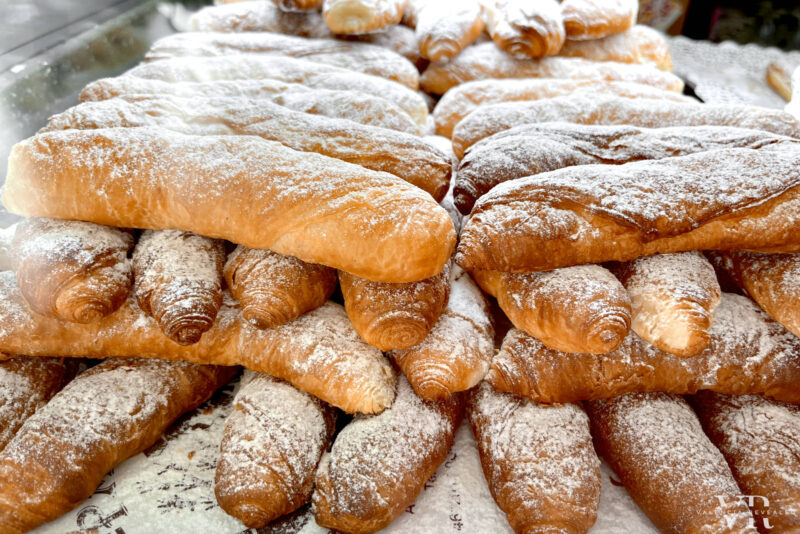
Spanish horchata is traditionally accompanied by fartons. Fartons are elongated confectionary glazed with sugar. They were invented a few decades ago for the sole purpose of being dunked in horchata.
Besides fartons, tiger nut horchata also goes well with croissants, ensaimadas (a sugar-glazed pastry from Mallorca), and coca de llanda (Spanish sponge cake).
Spaniards love to mix horchata de chufa with coffee granita, lemon granita, or barley water, as well as vanilla or leche merengada ice cream. Tiger nut horchata is also a great milk substitute for coffee.
Mexican horchata, on the other hand, pairs well with rum or tequila and is the ideal companion to spicy Mexican dishes as it provides a bit of relief to the palate.
Horchata recipe
If you’d like to make horchata at home, be sure you check out my favorite Spanish horchata recipe. There I provide you with a step-by-step guide to making horchata that turns out delicious every single time.
Conclusion to what is horchata
While chufa’s origins trace back to North Africa, horchata itself originated in Valencia where it has been enjoyed by anyone, from peasants to kings, for eight centuries and counting.
In time, many horchata adaptations appeared in Latin America and beyond, and horchata has become a drink beloved by people around the world.
Today, “What is horchata?” might not have a single answer, but it surely paints a complex picture.
Who would have thought that a tiny tuber from ancient Egypt would someday spark a global phenomenon?



